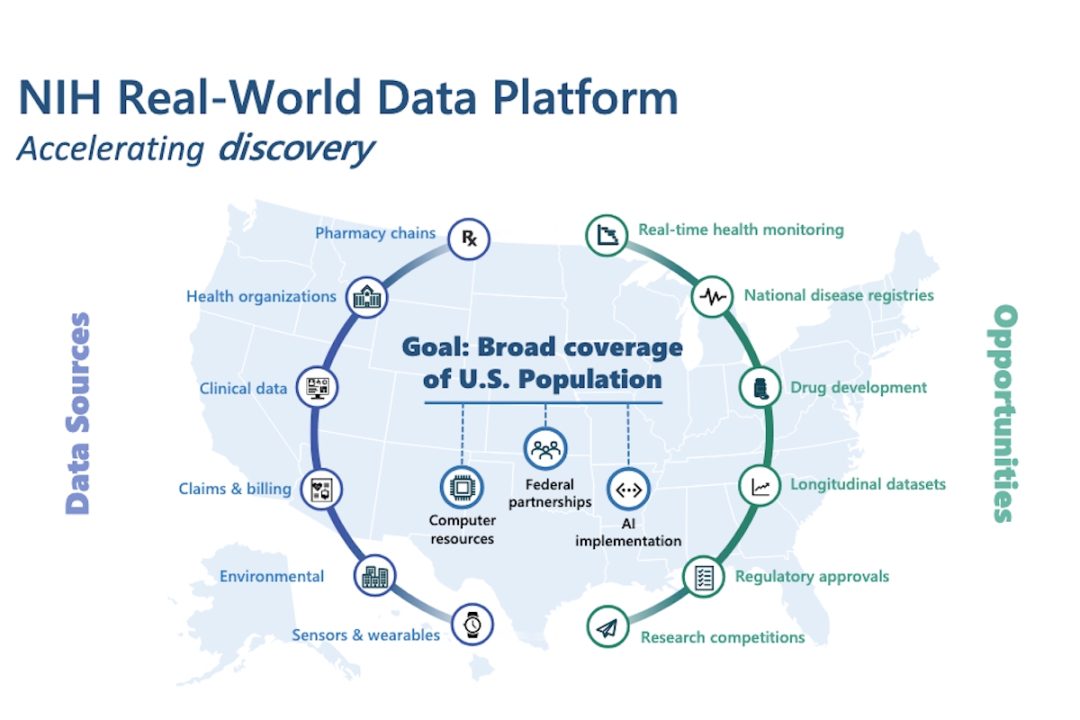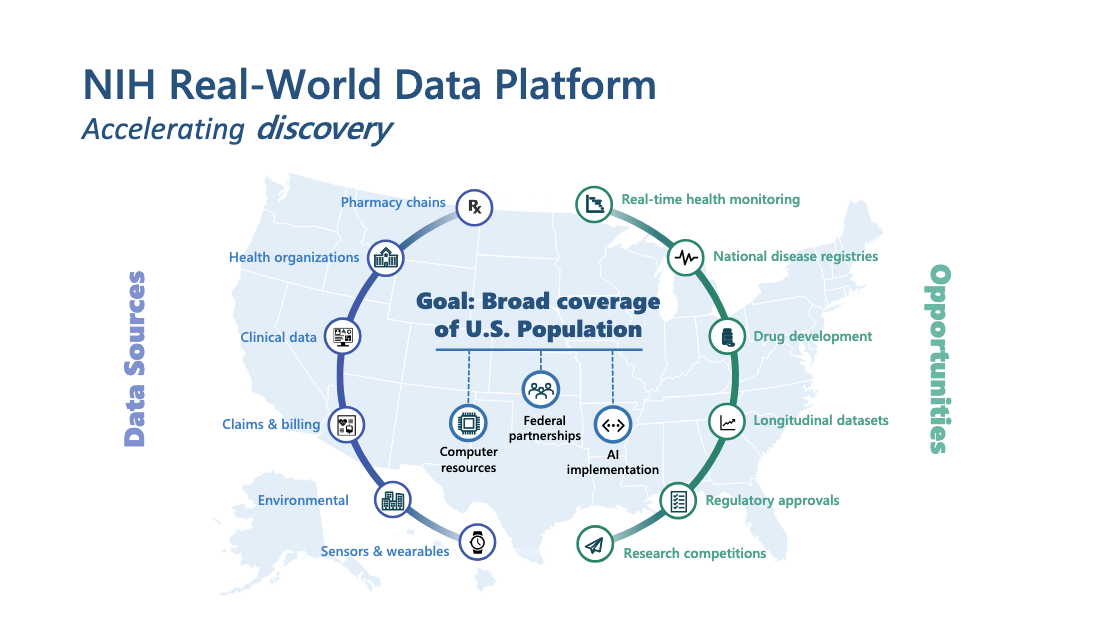by Veronika Kyrylenko, The New American:

The U.S. government, under the direction of Health and Human Services (HHS) Secretary Robert F. Kennedy Jr., is assembling what may soon become one of the largest centralized health databases in American history. Spearheaded by newly appointed NIH Director Dr. Jay Bhattacharya, the project is framed as a bold attempt to identify the root causes of autism — a condition Kennedy rightfully called a “preventable disease.”
To do so, the National Institutes of Health (NIH) is compiling records from both public and private sources. This includes pharmacy transactions, lab test results, genomic data from Veteran Affairs (VA) and the Indian Health Service, Medicare and Medicaid claims, private insurance billing, and even data from wearables like smartwatches.
A new national registry for autism diagnoses will also be integrated. According to Bhattacharya, this aggregation effort is necessary to overcome the “fragmentation” in current health data infrastructure, as quoted by CBS News. He reportedly told NIH’s Council of Councils on Monday,
TRUTH LIVES on at https://sgtreport.tv/
The idea of the platform is that the existing data resources are often fragmented and difficult to obtain. The NIH itself will often pay multiple times for the same data resource. Even data resources that are within the federal government are difficult to obtain.
What the Government Will Know
Once completed, the consolidated platform will grant researchers near-total vision into the medical histories, treatments, behaviors, and genetic profiles of millions of Americans.
Bhattacharya confirmed that 10 to 20 external research teams will be granted access. These researchers won’t be allowed to download the data, but will analyze it through secure portals. The government promises “state-of-the-art” protections — but the scale of what’s being collected, and the open question of who may tap into it later, raises deeper concerns.
The data sources span nearly every facet of personal health: prescription records, clinical and genomic files from hospitals, insurance claims, smart-device metrics and environmental exposure logs.

And this isn’t just about autism. Bhattacharya’s presentation made clear the goal is “broad coverage of the U.S. population.” To achieve that, the system will lean on federal partnerships, AI integration, and high-powered computing infrastructure.
The director said the platform will serve wider aims:
What we’re proposing is a transformative real-world data initiative… for chronic disease and autism research.
In other words, the initiative only begins with autism research. What follows is harder to control.
Other Use Cases
Indeed, autism study may be the starting point, but the platform is built for much more. Bhattacharya outlined uses beyond diagnostics — real-time health monitoring, national disease registries, longitudinal tracking, drug development, and streamlining regulatory approvals.
Once the infrastructure is in place, the lines between research, surveillance, and policy enforcement grow thinner. A dataset this comprehensive doesn’t just inform — it enables. What begins as scientific inquiry can evolve into a tool for control, standardization, or exclusion, depending on who holds the keys.
Its utility is undeniable. So is its potential reach.
A Registry, and the Ghosts It Awakens
Among the more quietly introduced components of the initiative is a national registry of Americans diagnosed with autism. The new registry, first reported by CBS, was mentioned only briefly by Bhattacharya, according to a transcript of his remarks.
Notably, a national autism tracking system already exists. The CDC’s Autism and Developmental Disabilities Monitoring (ADDM) Network has monitored autism prevalence for over two decades. But its model is based on anonymized, regional record reviews and does not create a centralized list of individuals. In the context of Bhattacharya’s vision, the new registry will likely be fundamentally different — positioned within a broader platform designed to integrate medical, behavioral, and genomic data at the federal level.
Read More @ TheNewAmerican.com



